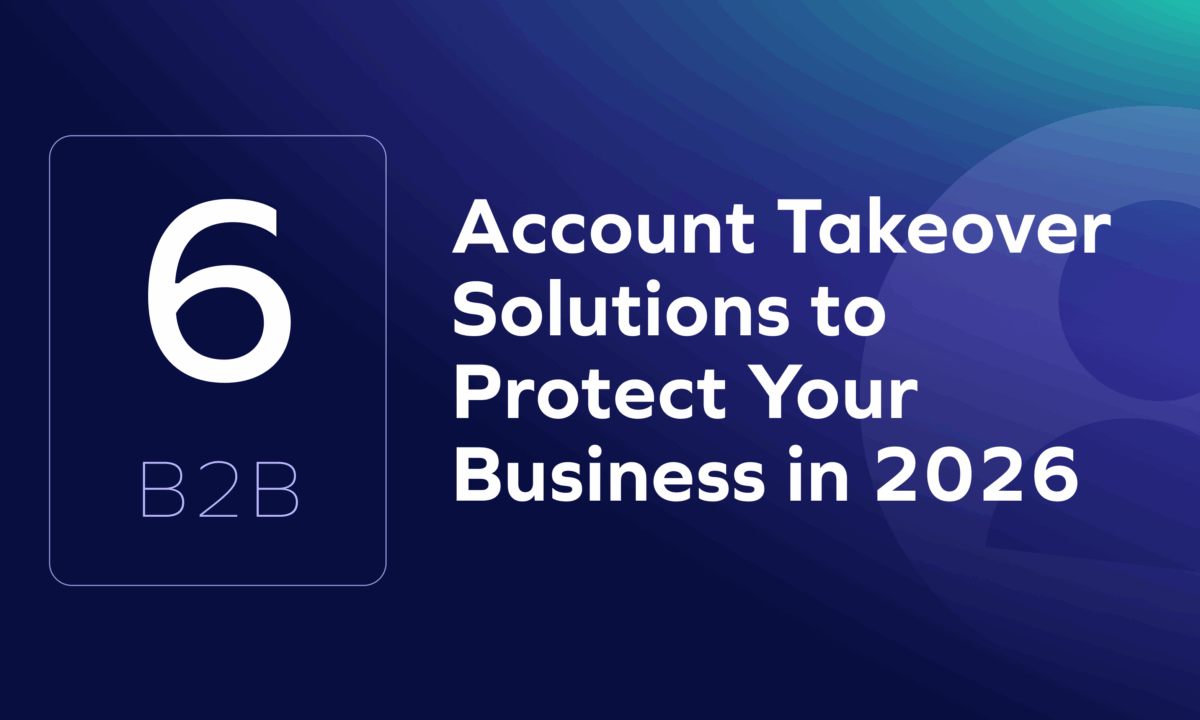Securing any monetary transaction is crucial for business success, but this is especially true when it comes to B2B payments. These payments typically involve much larger sums of money than the average B2C transaction, while also having more stakeholders at play.
When businesses look to protect sensitive financial information, the first target is often technological defenses such as multi-factor authentication and advanced fraud detection systems. However, this approach tends to overlook one of the most critical vulnerabilities directly within the business itself: the human element. Despite powerful advancements in technology, human error and manipulation remain some of the most significant threats to payment security. Let’s explore how human factors contribute to fraud and error in B2B payments, and the steps you can take to mitigate those risks.
The Prevalence of Human Error in B2B Payments
Human errors can manifest in various ways during B2B transactions, from simple mistakes like entering incorrect payment details to more complex errors, like misinterpreting financial reports or falling victim to sophisticated social engineering schemes.
In fact, a study from Infosec Institute discovered that at least 74% of fraud incidents involve some human element, with most breaches traceable back to an oversight by an employee. And while there are some bad actors looking to take advantage of loopholes in your process, most employee-caused attacks are due to simple mistakes or poor practices.
Common Human-Related Vulnerabilities
Reducing human errors in your process can help eliminate expensive data breaches and payment errors. Whether it’s a tried-and-true phishing scam or just an accidental mistype, these are some of the most common ways that your employees open your company to fraud.
Social Engineering Attacks
Social engineering attacks exploit human psychology to gain access to confidential information. Fraudsters often impersonate trusted figures or legitimate entities to deceive employees into divulging sensitive data or authorizing fraudulent transactions. For instance, a common scheme is the business email compromise (BEC) attack, where fraudsters pose as company executives and request urgent wire transfers. Such attacks are alarmingly effective because they take advantage of the employee’s trust as well as a sense of urgency, compelling employees to act quickly without verifying the authenticity of the request.
Phishing Scams
Phishing scams are another extremely common threat. These attacks involve sending fraudulent emails that appear to be from reputable sources, tricking recipients into clicking on malicious links or downloading harmful attachments. Despite widespread awareness, phishing still poses significant danger to companies because these scams have become increasingly sophisticated and personalized thanks to the rise of AI technology, making them harder to detect.
Manual Data Entry Errors
Even in an era dominated by digital transactions, manual data entry is still a common practice in many businesses. Unfortunately, humans are prone to errors, and a single misplaced digit can lead to major financial discrepancies, missing payments, or failed transactions. The cost of rectifying these errors can be substantial, both in terms of time and resources.
Sloppy Data Management
One of the most common ways sensitive information gets exposed to unauthorized parties happens when employees are careless about how they handle information. For instance, sending information to the wrong recipient accounts for 27% of human error breaches, leading to data leaks and financial fraud. Additionally, the unintended release of private information, failing to redact information, and not using the ‘blind carbon copy’ (BCC) function when sending group emails are other examples of poor data management practices that can compromise data privacy.
How to Mitigate Human Error in B2B Payments
Addressing the human risk factor in payment security requires a multi-faceted approach that combines education, technology, and robust processes. Here are several strategies that can help mitigate the risks associated with human error and fraud in B2B payments.
Conduct Regular Assessments
Businesses should implement routine reviews and adopt adaptive strategies to identify and mitigate fraud risks. This includes systematically checking invoices for discrepancies, auditing transaction workflows, and scrutinizing payment authorizations to uncover any weak points and ensure robust payment security. Keep your practices up to date by incorporating advanced fraud detection technologies and continuously updating security protocols to stay ahead of emerging threats.
Provide Comprehensive Training Programs
One of the most effective ways to reduce human error is through comprehensive training programs. Employees should be regularly educated on the latest fraud tactics and best practices for maintaining security. Ideally, this training should include how to spot phishing attempts, verifying requests for fund transfers, and understanding the importance of adhering to security protocols. Regularly updated training helps employees remain vigilant and informed about evolving threats.
Implement Strong Verification Processes
To combat social engineering attacks, businesses should implement stringent verification processes for all payment requests. This can include multi-layered approval systems where multiple individuals must authorize significant transactions, thereby reducing the likelihood of a single point of failure. Using secure communication channels for verification also helps ensure that requests are legitimate.
Leverage Advanced Technology
While human error is inevitable, technology minimizes its impact. Automated systems for data entry and transaction processing can drastically reduce the likelihood of manual errors. Employing advanced fraud detection algorithms that analyze transaction patterns in real-time also allows you to identify and flag suspicious activities before they result in financial loss.
Reduce the Risk of Human Errors in Your Payment Process
Humans remain the weakest link in the chain of security for B2B payments. Despite advances in technology, human error and manipulation are still some of the greatest risks that your company will encounter. However, enhancing human vigilance and combining it with technological defenses creates a formidable barrier against fraud and errors in B2B payments.
As we move forward in an increasingly digital world, recognizing and addressing the human element in payment security will be crucial for safeguarding financial transactions and maintaining the trust of our business partners.
Want to learn more? Schedule a demo today to see Trustmi in action.










